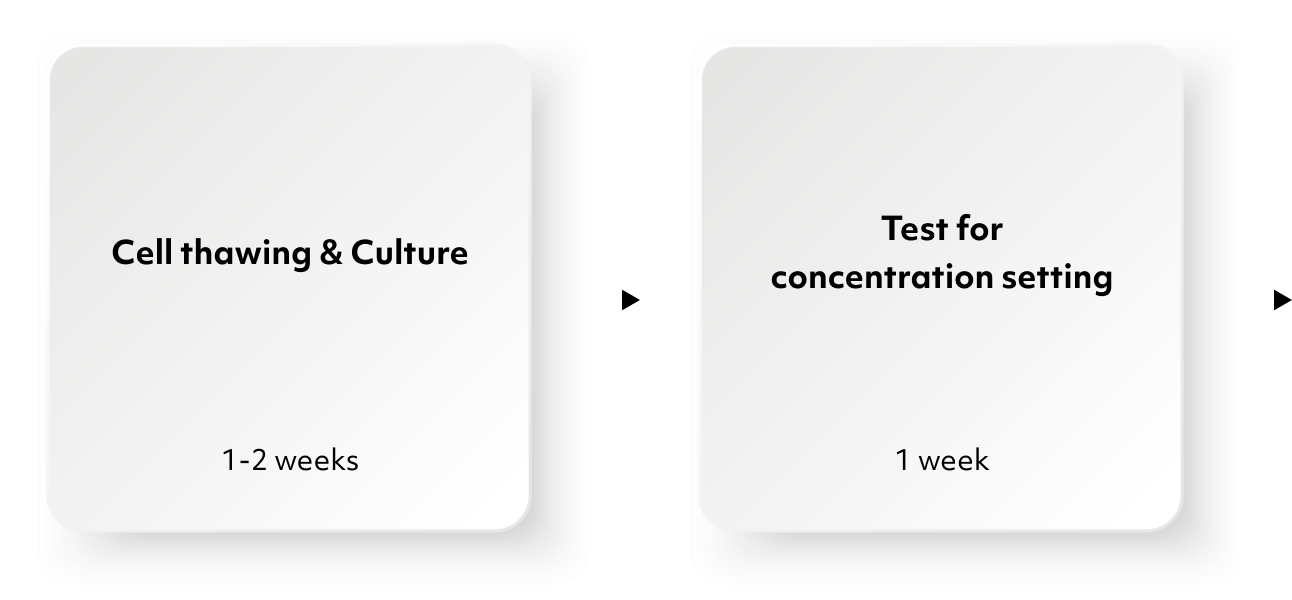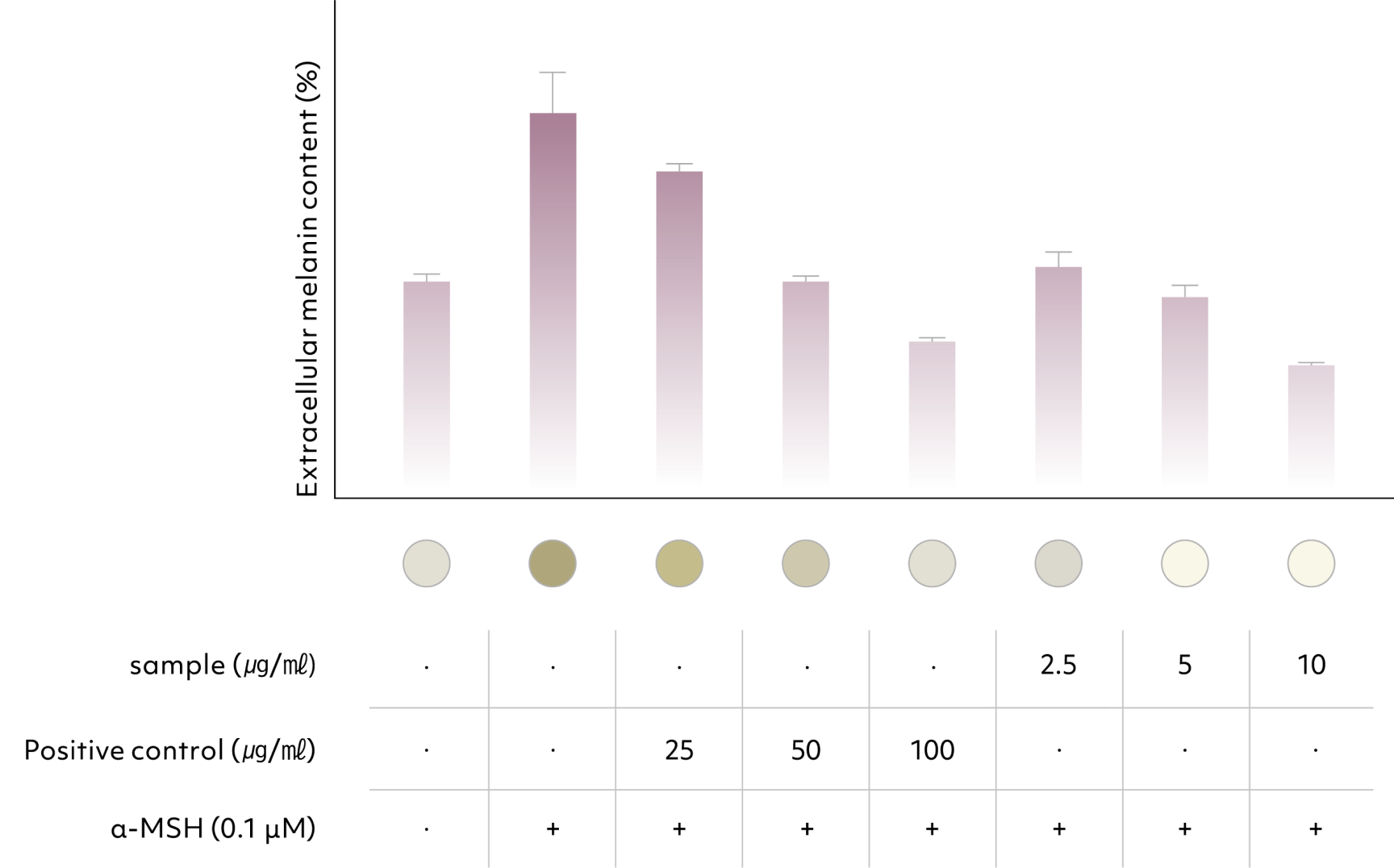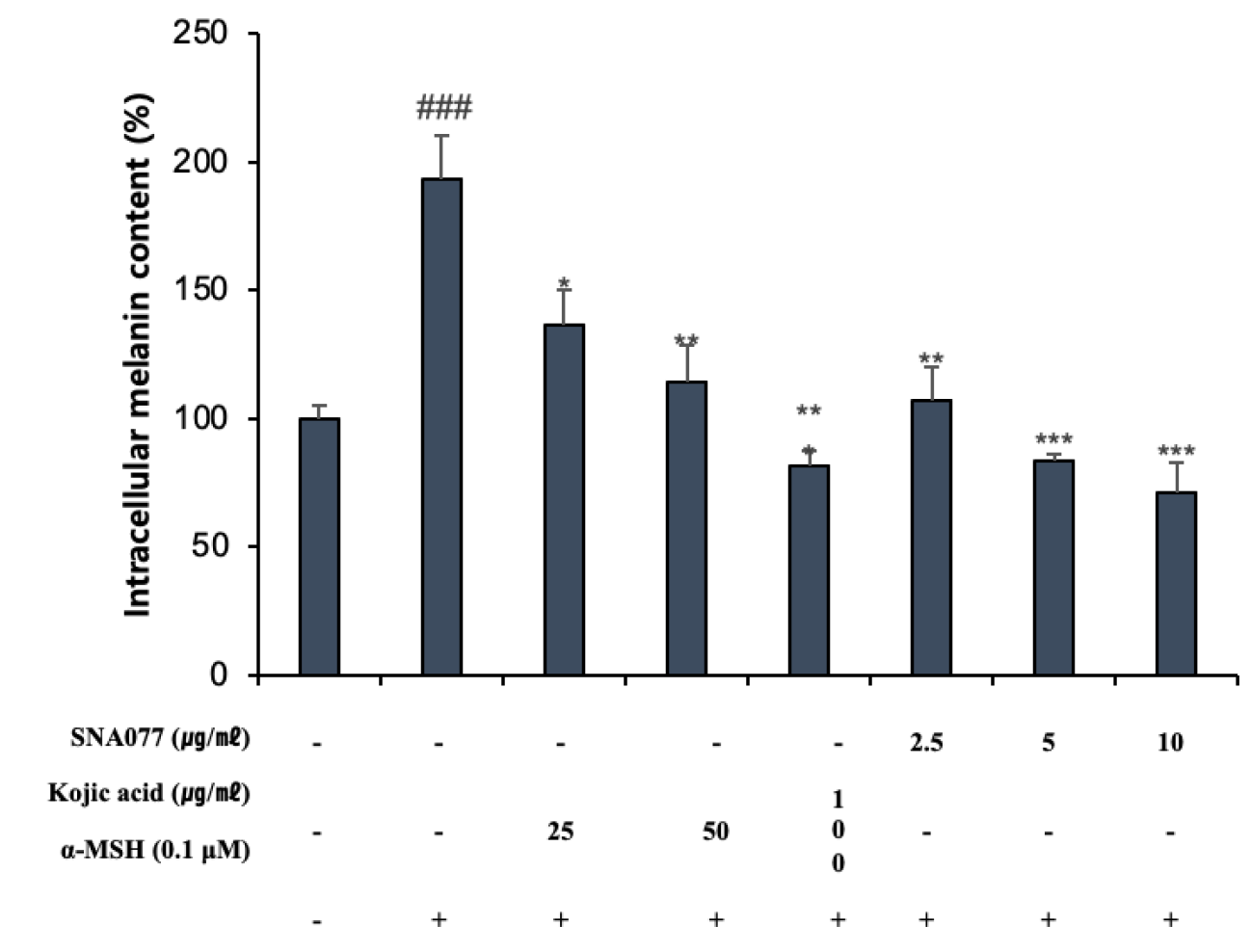Lambda offers a highly mimetic in vitro skin model for conducting various skin-related tests.
We provide 11 efficacy testing services for skin, leveraging our advanced skin mimicry technology.
Preparing
Skin regeneration
Preparing
Skin barrier
Preparing
Anti-irritation
The skin brightening efficacy test is a thorough evaluation process designed to measure the effectiveness of skincare products in enhancing skin radiance.
It involves baseline assessments, consistent product application, and data collection using advanced analysis tools.
Assess the samples’ capability to inhibit melanin production or secretion by utilizing melanocytes, the cells that regulate skin pigmentation.





